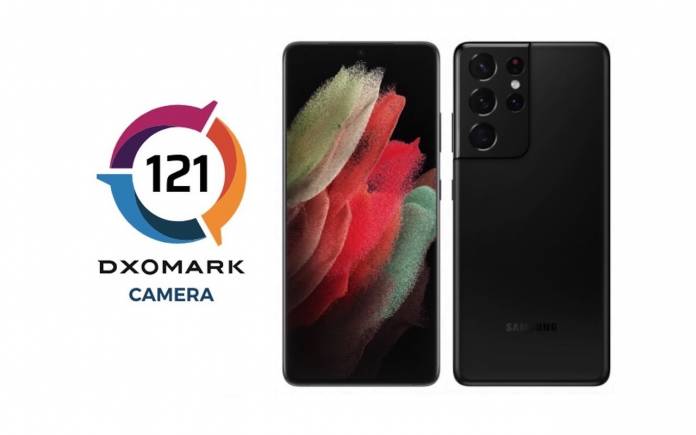
The Samsung Galaxy S21 Ultra 5G is the ultimate variant from this year’s premium flagship Galaxy S line. It comes with the highest specs and features you can imagine from the South Korean tech giant. It’s also the first to arrive with S Pen support outside the Galaxy Note universe. It was officially announced together with the Galaxy S21 and Galaxy S21+ last January which was actually an early release. The phone has finally reached DxOMark and we’ve got the details. Specifically, the phone used by the DxOMark team runs on Exynos.
We’re not sure if the Snapdragon version may still be tested but it will be interesting to know the results. Let’s review the key camera specs first. The Samsung Galaxy S21 Ultra 5G comes with four cameras: 108MP primary camera (f/1.8-aperture lens/OIS/PDAF), 12MP ultra-wide (f/2.2-aperture lens/Dual-Pixel/AF), 10MP telephoto (f/2.4-aperture lens/Dual-Pixel AF/OIS), and another 10MP telephoto (Dual-Pixel AF/OIS). There’s also an LED flash. The phone offers video recording with HDR10+ support, 2160p/60/30 fps, and at 4320p/24 fps.
The DXOMARK Camera average score is 121 (128 Photo, 76 Zoom, 98 Video). The phone isn’t part of the Top 10 Rankings and actually comes at number 13, tied with the Xiaomi Mi CC9 Pro Premium Edition and the Huawei Mate 30 Pro.
The phone can definitely take decent photos but if we are to base on the scores and ranking, it’s not as great as compared to the premium flagships from Huawei, Xiaomi, and Apple. It’s score on DxOMark is behind by five points from the Samsung Galaxy S20 Ultra (Exynos).
The Samsung Galaxy S21 Ultra 5G offers smooth zoom action and exposure adaptions in preview when changing zoom factor. Dynamic range is fairly wide with good contrast. The white balance is stable and autofocus is accurate in video. Smooth motion is made possible by the high frame rate.
Unfortunately, you may notice noise in almost all conditions, sometimes very strong, structured and chromatic, in both photos and videos. Zoom images may show lightly unnatural textures and fusion artifacts. Shooting time in low-light and high-contrast conditions is a bit slow. During recording, you may notice a strong jello effect and low performance video stabilization even when camera is held still.









